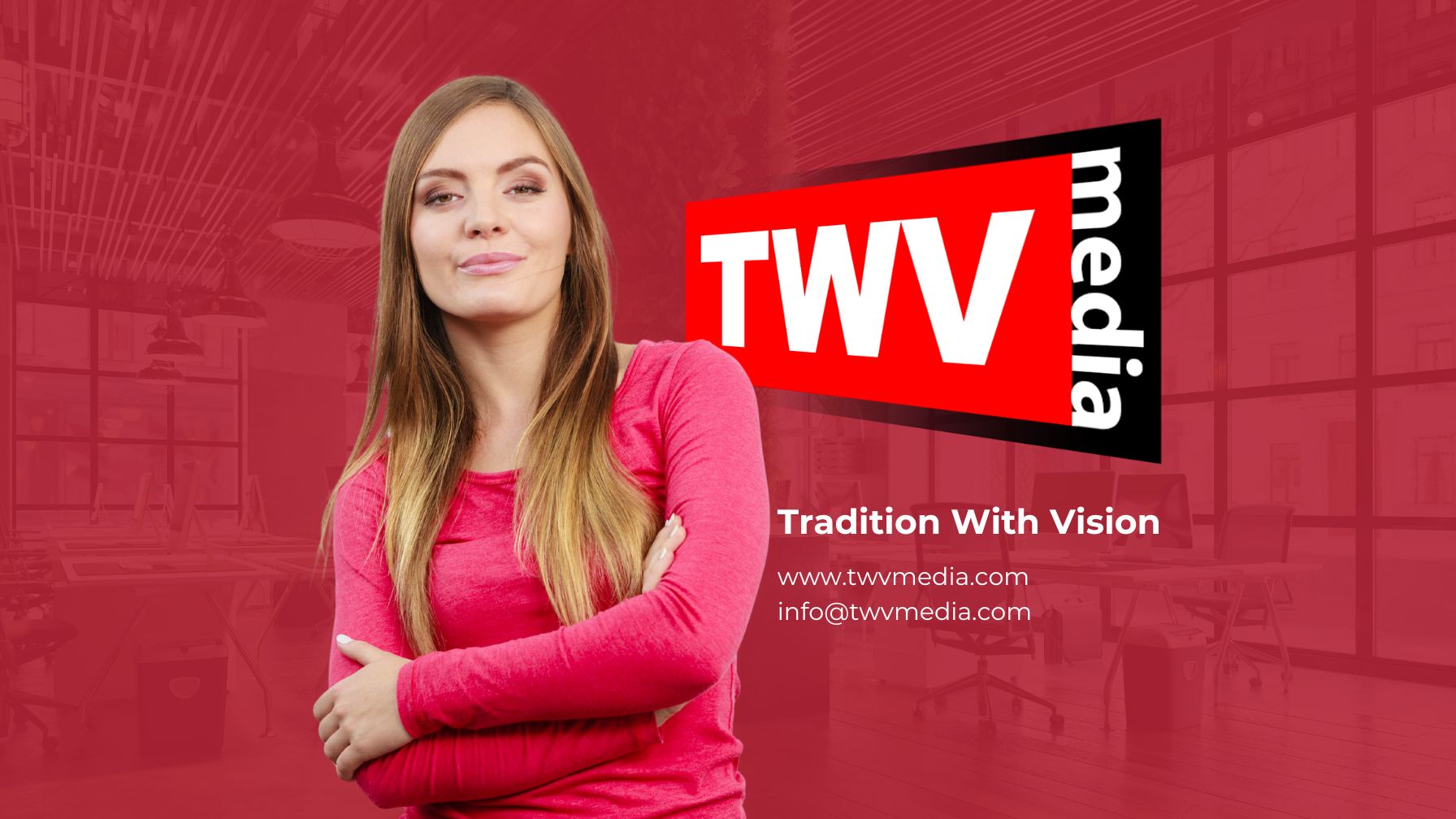The goals for most marketing campaigns are to increase brand awareness, develop an audience, drive traffic to an offer, build an email list, and increase credibility. Most campaigns will take a broad approach to achieving these goals, but one of the most effective strategies is content marketing. Using content to promote your business can be achieved through publishing on your own platforms, paying and networking to earn placements, and organic publishing by third parties. Creating quality content is not the only factor in this style of marketing, though, with a good plan being necessary to maximise results.
What Content Types Should You Be Using?
There are many types of content you can introduce to your campaign, but the most common examples are articles and through video marketing. Articles and blog posts are perfect for engaging readers, offering them information and ensuring many stay on your site for a lengthy period. Video also offers excellent engagement levels on both a personal site and YouTube. Email marketing is another example of content marketing, with an email series offering information in a variety of forms. Email is good for building long-term relationships with prospects who actively want the content you are producing.
Social media is often used for syndicating existing content, but you can also use it for original text, video, and images. Facebook, Twitter, Instagram, and Pinterest are all examples of sites that can be used to generate a following with good content. If your niche can sustain it, a podcast can build a cult following who are eager for each new release. Infographics are widely shared on blogs and social media, helping you get traffic, backlinks, and added credibility. You could also gain credibility from a white paper, with far fewer businesses attempting an authoritative report of this kind.
What Distribution Channels Should You Be Using?
The most obvious distribution channels are the ones you own. Your own website, blog properties, and social media accounts can all be used to post or distribute content. With full control of the platform, any content you post can be presented in the manner of your choosing. You will likely only operate a small number of properties, though, so it is wise to also build a network of sites that are willing to promote you. Outreach can be used to find reciprocal partners that operate in similar niches, posting or recommending content to their audience. Additionally, the more promotion and valuable backlinks you earn, the greater the chance of high rankings from the search engines. You can read more about this particular method in my what makes a quality backlink article.
To really capitalise on each piece of content, paying for further exposure is necessary. Sponsored content allows you to promote yourself on popular sites, but you can reach an audience through great content instead of traditional ads. Social media ads, used alongside re-targeting, can also focus on promoting content ahead of banner or text advertising. Finally, you can target influencers with outreach, but they may not be too responsive due to the high number of requests they typically receive. However, if you are willing to invest in a paid promotion, you increase the chances of getting recommendations and posts from these popular industry figures.
Quality content is one of the easiest ways to build a relationship with prospects, helping to improve your brand visibility and engagement levels. The amount of content online, though, means you need to do more than simply publish great articles and videos. A clear strategy will ensure your content is placed before the people that will most appreciate it, leading to new leads and sales. The content itself is just one part of the overall plan, but must offer consumers something they respond to. With an engaged audience, moving people through a sales funnel becomes far easier, ultimately leading to more customers and a stronger brand.






